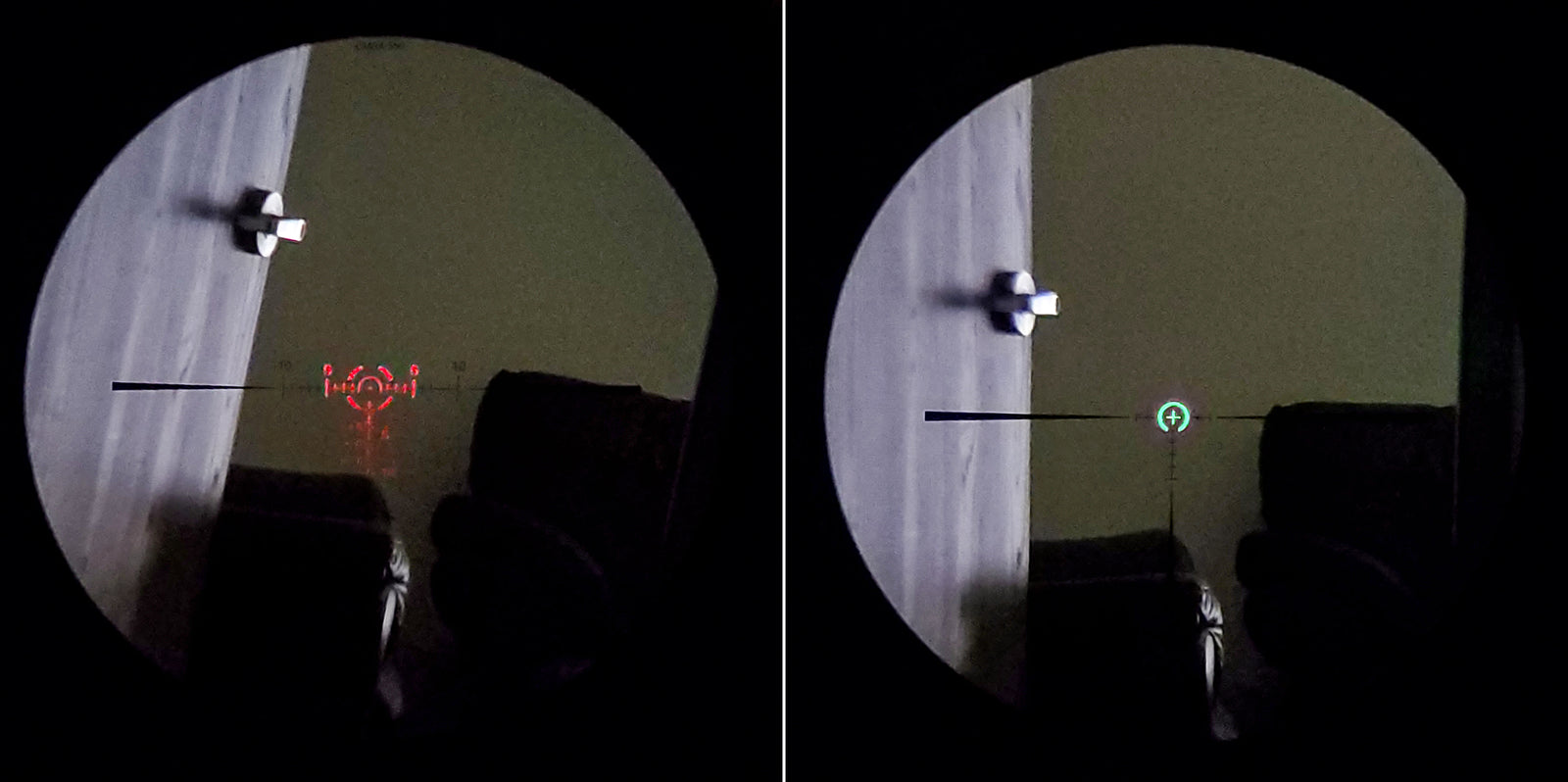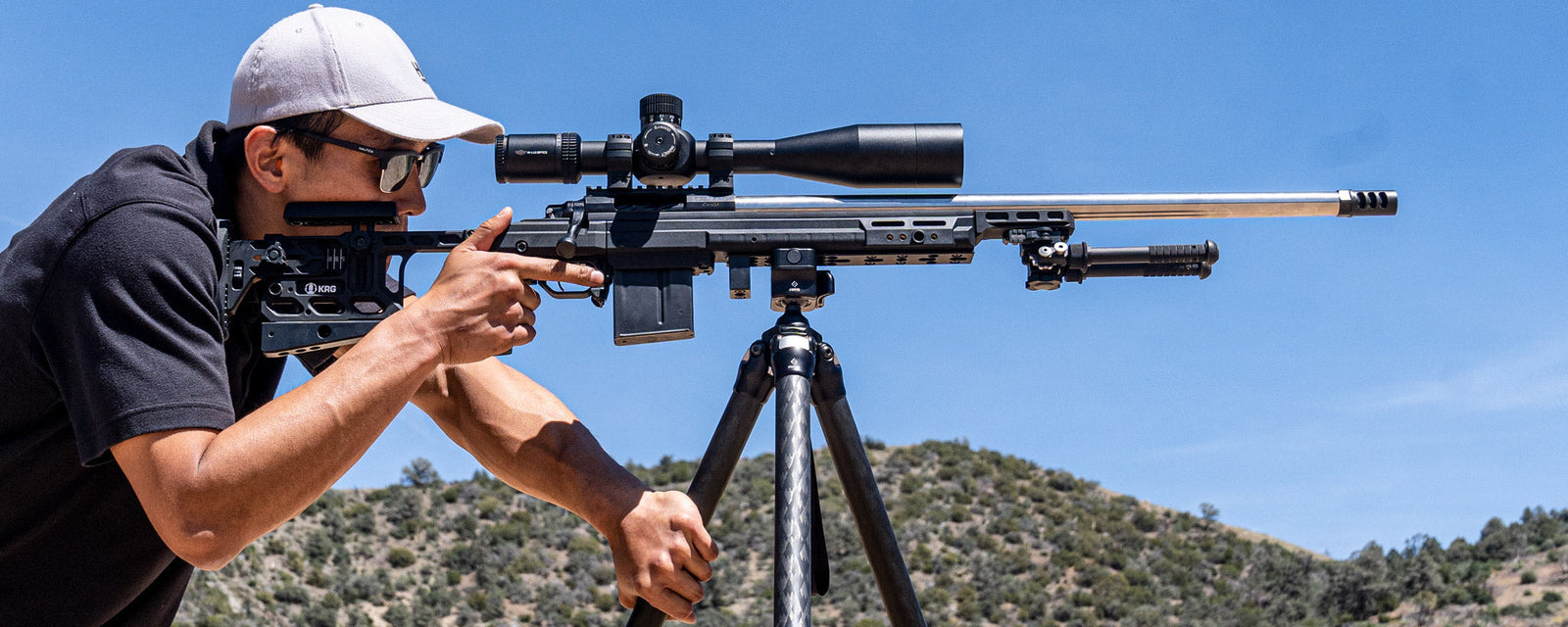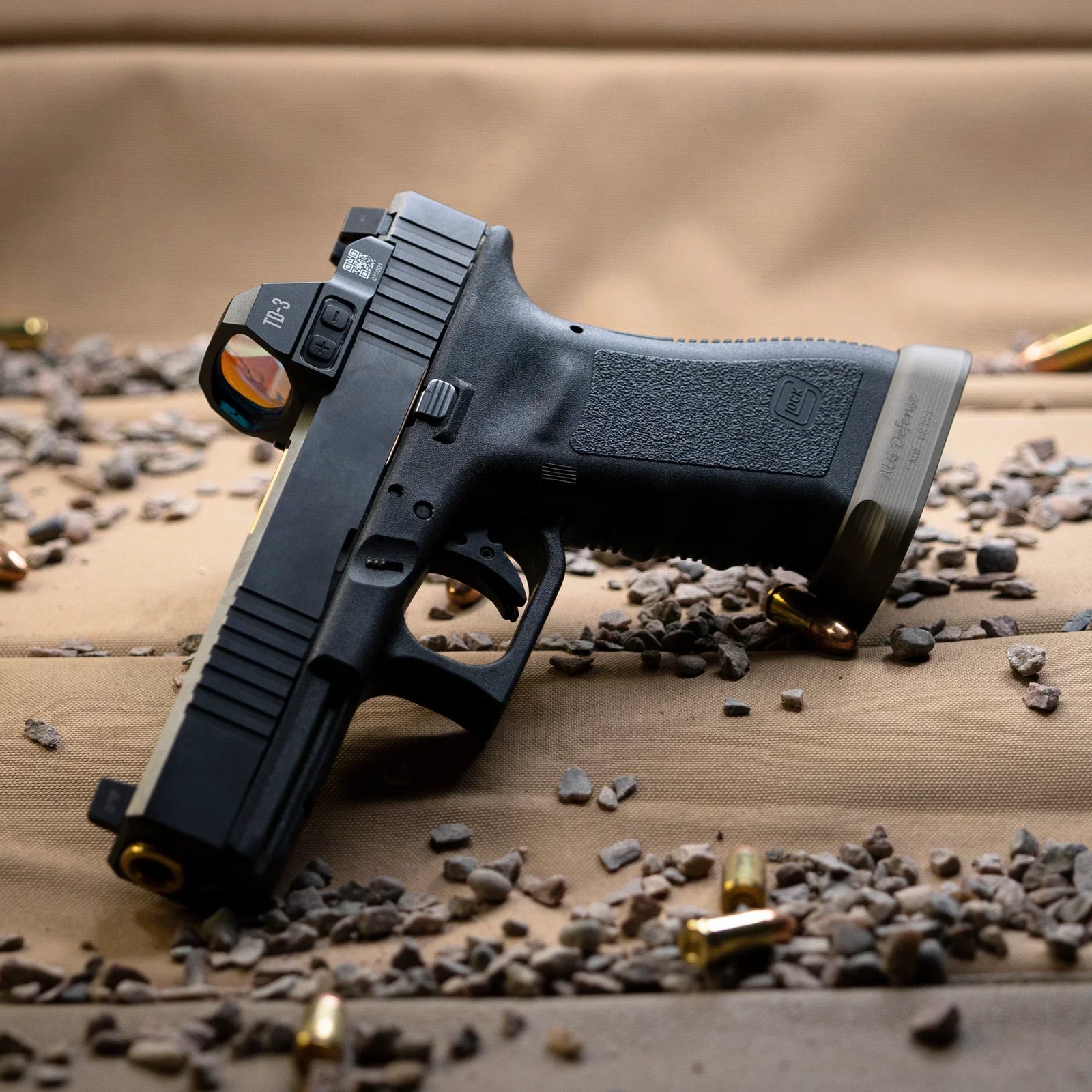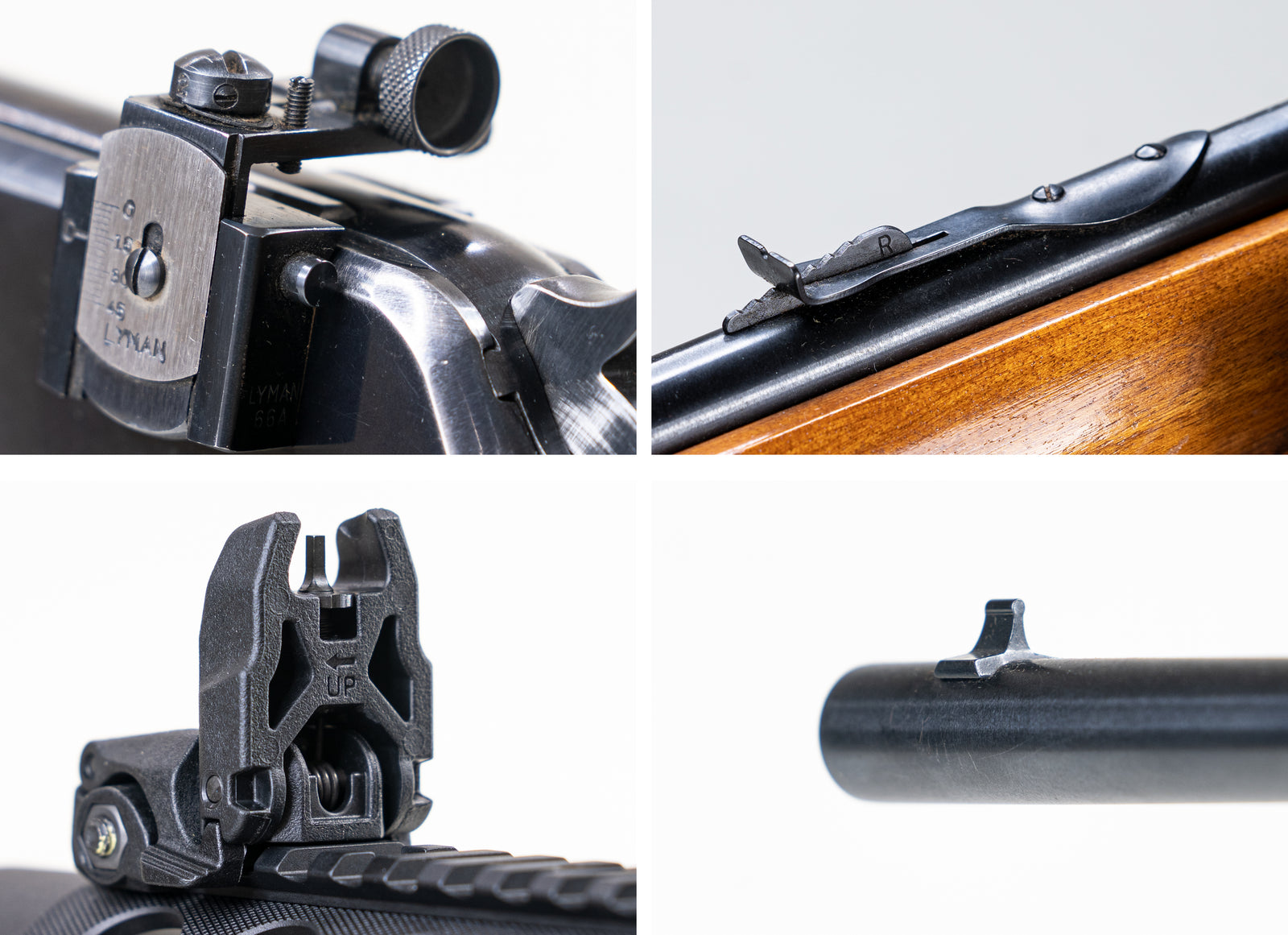An illuminated scope does not mean night vision or infrared or a flashlight. Instead, illumination means that there’s a small light inside the scope, set up to illuminate the reticle. Without illumination on, the reticle will appear as standard black lines and will remain usable for normal shooting. With the illumination on, all or some of the reticle will be lit up.
Why Should I Get an Illuminated Scope?
When you’re shooting a target in shade, your reticle may be difficult to distinguish from the shadows. In situations like this, it’s useful to be able to make the reticle light up a bit with a clearly discernible color. The light is there to help the reticle stand out in the darkness. A modern reticle illumination dial will have various brightness settings, from very dim to very bright.
Often, only the central most region of a reticle will be illuminated. Too much light, especially in dark scenarios, can mess with your natural night vision. By keeping the light focused in the center, the eye is also naturally drawn to the center of the optic. These are small considerations, but can still be incredibly significant when taking an important shot in the dark.

The same reticle in a dark building, with and without illumination. The illuminated one is quite a bit easier to make out. Note that, in this scope, not all of the reticle lights up.
Which Colors Can I Use?
Commonly, there are two colors for illumination -
- Red: Red light is less apt to mess with your eyes at night. If you’re also shooting a target in vibrantly green foliage, red illumination will stand out very distinctly.
- Green: The human eye picks up much more detail in green, but the color could have an effect on your vision at night. Green may also blend into green foliage in hunting situations.

Red and green illumination while inside a dark building. The best idea is to pick something that works for your eye and hopefully is contrasting against your target.
What Else Do I Need to Know?
Make sure to pick the color that suits you, and then turn it to the appropriate brightness for the situation at hand. Typically, there’s little to no need for illumination when shooting a target that’s sitting in broad daylight. If you do turn on your illumination at that point, the reticle will not glow with as much intensity as you’d expect - you’re trying to get the reticle to glow as bright as sunlight. The human eye is not fond of that quantity of photons, and most LEDs can’t produce that intensity of light regardless.
Many scopes do not have illumination. As I'm writing this, I realize that I've rarely turned on my scopes' illumination for anything other than to make sure it works. My favorite scope (the 18” Malcolm ‘Two-Tone’) doesn't even have illumination. I think you'll use it less frequently than you'd expect at the onset, unless you're hunting or shooting at odd hours.
At the end of the day, an illuminated reticle is there to provide contrast. If your reticle does not have enough contrast against the target, illumination can help.





Leave a comment (all fields required)